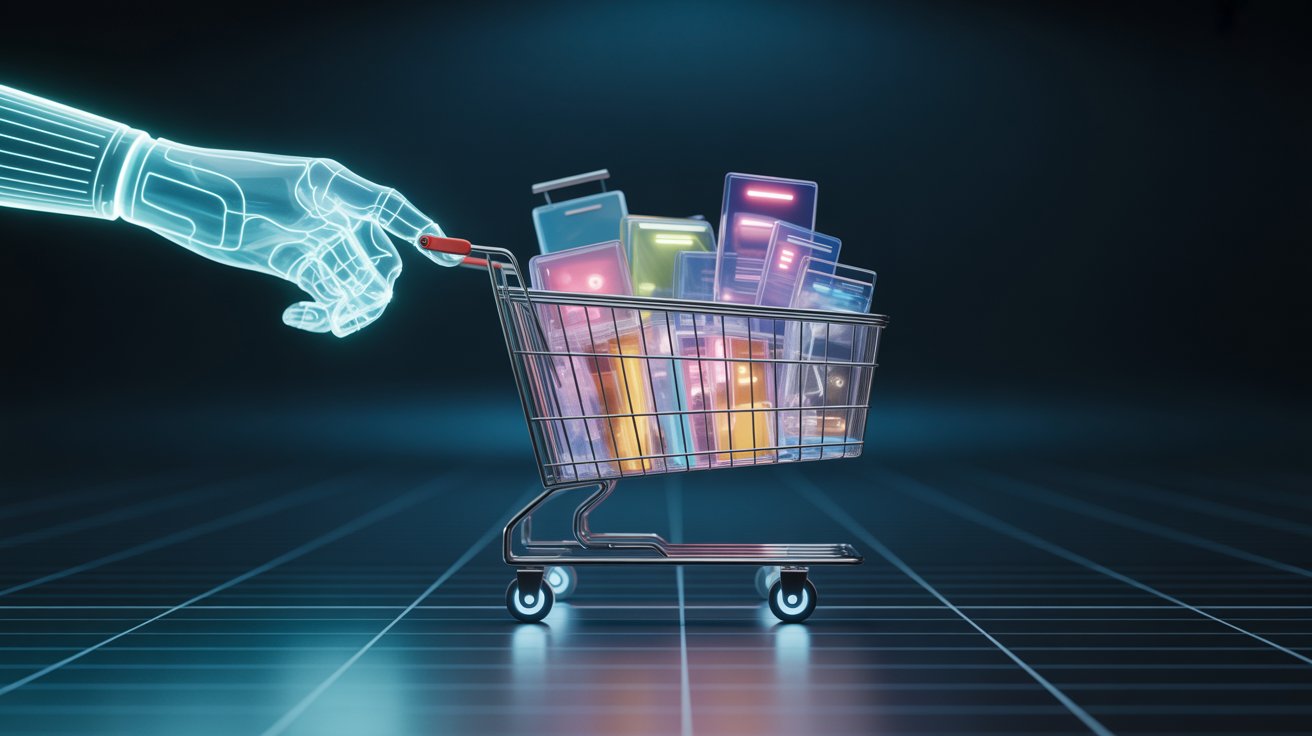
August 23, 2025
Predictive Shopping: When Algorithms Buy Before You Decide
The rise of predictive shopping introduces a new paradigm in consumer behavior. Instead of waiting for a customer to browse, compare, and confirm a purchase, algorithms are beginning to predict what individuals will need and execute transactions in advance. What sounds like a convenience revolution also raises questions about choice, autonomy, and trust. At what point does assistance become control?
The Mechanics of Predictive Commerce
Predictive shopping builds on years of recommendation engines and behavioral tracking. By combining:
- Purchase history that reflects personal patterns
- Browsing signals from both current and past sessions
- Contextual data such as time, season, or location
- External triggers like social media trends
algorithms can predict what a person will want before they consciously decide. Instead of merely suggesting, these systems are moving toward preemptively ordering.
From Suggestion to Action
Recommendation systems once worked passively. A platform would highlight related products, and the user had the final say. Predictive shopping blurs that line. It takes action first. For example:
- Grocery staples are automatically refilled before they run out.
- Streaming subscriptions are renewed with add-ons before the user checks pricing.
- Smart fridges place orders when stock is low.
- Virtual assistants approve deals on behalf of the household.
This shift from suggestion to action transforms the consumer into a recipient rather than an active decision-maker.
The Convenience Argument
Supporters argue that predictive shopping saves time and effort. It reduces friction, ensures households never run out of essentials, and offers personalized efficiency at scale. For busy individuals, this feels like an invisible concierge service. Brands frame predictive commerce as an inevitable step in digital convenience, where algorithms anticipate needs better than human planning.
The Risks of Algorithmic Purchasing
Yet beneath the convenience lies vulnerability:
- Loss of autonomy: Users may feel their choices are being replaced by system defaults.
- Overreach of trust: Algorithms may purchase items incorrectly, creating waste or expense.
- Bias exploitation: Platforms can prioritize products with higher profit margins rather than true user benefit.
- Manipulated scarcity: Predictive models may drive urgency by auto-buying based on artificial demand.
When predictive systems get it wrong, the costs are not just financial but psychological. People lose confidence when machines act against their actual intent.
Trust as the Core Battleground
Predictive shopping is not only a technological innovation but also a trust negotiation. Users must trust that:
- Their data is being interpreted fairly.
- Algorithms act in their best interest rather than corporate profit.
- There is a transparent and accessible way to reverse unwanted purchases.
Without these safeguards, predictive commerce risks being seen not as service, but as intrusion.
Ethical Dilemmas of Preemptive Consumption
Several ethical challenges emerge:
- Consent vs assumption: Should platforms assume approval until a user cancels, or should every action require consent?
- Data dependence: Predictive accuracy demands massive data, raising privacy trade-offs.
- Economic manipulation: Platforms may nudge users into consumption cycles that benefit the seller more than the buyer.
- Unequal impact: Those with less digital literacy may be more vulnerable to excessive or unnecessary automated purchases.
Business Models Behind Predictive Systems
Companies adopting predictive shopping often operate with aligned incentives that are not fully transparent. For instance:
- Subscription tie-ins lock users into ecosystems they cannot easily leave.
- Dynamic pricing leverages prediction to push higher-margin products.
- Cross-platform data collection builds profiles that go beyond a single service.
In this sense, predictive shopping is not just commerce but a data economy disguised as convenience.
Preparing for a Predictive Future
To make predictive shopping sustainable, safeguards must be put in place:
- Clear opt-in systems that give users explicit control.
- Granular settings where users decide what categories can be automated.
- Audit trails that show why an algorithm chose a specific purchase.
- Fair cancellation policies that reverse unwanted orders without penalty.
Platforms that succeed will be those that combine predictive efficiency with respect for human agency.
The Future of Predictive Commerce
In the coming years, predictive shopping may evolve into a default expectation. As homes become smarter and devices more connected, algorithms will handle everyday transactions quietly in the background. The tension will not be about whether predictive systems exist, but about whether users believe they serve them fairly.
Predictive commerce will test the limits of digital trust. If algorithms can anticipate needs with precision while respecting autonomy, users may embrace them. If not, predictive shopping risks being remembered not as convenience, but as overreach.
Conclusion: The Line Between Help and Control
Predictive shopping redefines what it means to choose. It offers speed and efficiency but also threatens autonomy when decisions are made without explicit consent. The challenge is not technical capability, but ethical responsibility. When algorithms act on behalf of billions, the question is no longer what we want, but who decides we want it.
In this future, the difference between empowerment and control will hinge on transparency, trust, and the ability to say no. Without that, predictive shopping could become the most subtle yet powerful form of manipulation in digital commerce.